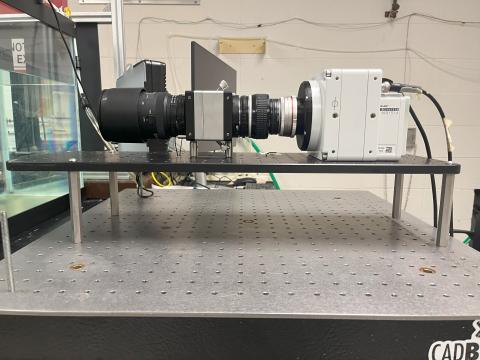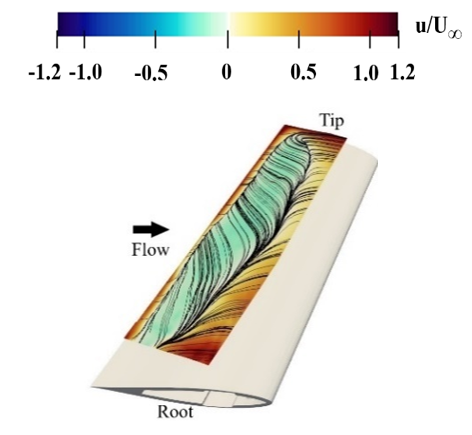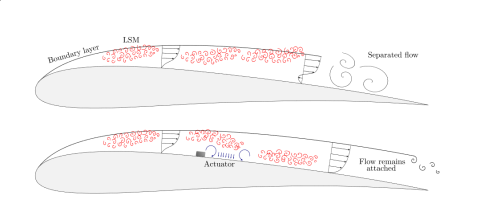Current Projects

Experimentally analyzing and quantifying flow structures remains at the forefront of fluid mechanics research. The inability of simple particle image velocimetry (PIV) to fully capture phenomena in a flow field is directly related to its 2D nature. Attempts to remedy this and produce 3D flow fields have been generally successful through methods such as multi-plane stereo PIV and tomographic PIV. However, these methods require many cameras and complicated setups. Instead, a plenoptic camera can capture a 3D flow field instantaneously with only one camera.
The main contributor to the drag on motor vehicles is pressure drag, which heavily influences the fuel economy of the vehicle as well. The pressure drag forms due to the bluff-body type shape of sport utility vehicles (SUV) which creates an adverse pressure gradient at the rear of the vehicle. Other key areas that highly contribute to the drag on SUVs are around the wheels and the underbody, including the front and rear bumper. These specific locations around the vehicle will be the focus for study during this research.

In high speed rotorcraft applications, a large section of the retreating blade undergoes reverse flow due to a high advance ratio. Flow separation at the sharp aerodynamic leading edge during reverse flow (geometric trailing edge) leads to negative lift, pitching moment, and drag penalties. The kinematics of a rotor blade leads to a dynamic stall in reverse flow, which further accentuates the problem by causing unsteady loading. These problems have restricted the maximum forward speed of rotorcrafts to ~250 kts.

Fifth-Generation fighters such as the F-22 and F-35 favor chine-shaped forebodies which help reduce their Radar Cross-Section. The chine produces strong forebody vortices, which interact with the wing vortices. However, in certain conditions the interaction can produce asymmetric vortex breakdown, non-linear moments and roll departure. Future fighter aircraft will have this issue compounded as, to further reduce their RCS, future-generation fighter aircraft are projected to be tailless, sacrificing lateral control authority.
Separation is an adverse aerodynamic phenomenon resulting in loss of aerodynamic performance. Previous studies on separation have mainly dealt with a two-dimensional analysis due to the assumption that the third dimension was negligible or that it was too complicated to analyze, leading to an incomplete analysis. Literature has indicated however, that this is insufficient in understanding separation and needs to be studied as such as spanwise instabilities have been shown to play a major role in the flow field and physics.

This project is part of a collaboration with researchers at the University of Texas at Austin ( David Goldstein , Saikishan Suryanarayanan and Efstathios Bakolas ) to reenergize boundary layers using naturally occurring coherent structures, or large-scale motions (LSMs). These LSMs are modelled as a train of hairpin vortices.